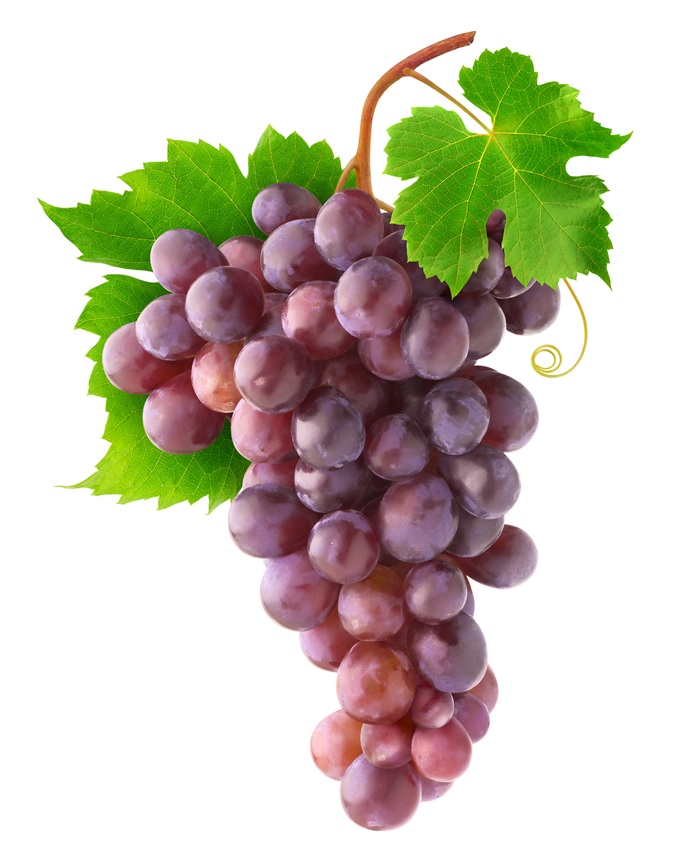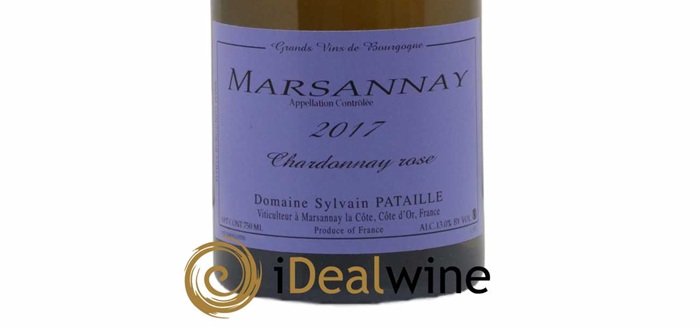
Pink Chardonnay has just been included in the official specifications of the Champagne and Coteaux Champenois AOCs. This variety, with its delicately pink skin and roots tracing back to the early 20th century, now joins the list of authorised grapes, bringing the total to eight varieties.
This change follows a decision made by INAO (the French National Institute for Origin and Quality) in June 2025. The integration of Pink Chardonnay marks an important step in the evolution of Champagne wines. The decision reflects a desire for innovation and diversification, while remaining true to the region’s hallmark of excellence. In the years ahead, this grape variety promises to bring a touch of originality to blends – or perhaps, who knows, to future single-varietal Champagnes.
Origins of the grape variety
Chardonnay, iconic and highly regarded grape variety, traces its origins to Burgundy. Historically, it resulted from a natural crossing between Gouais Blanc and Pinot Noir. Gouais Blanc, a traditional grape variety from Central Europe, was widely cultivated by the Romans, a fact that explains its long-standing presence at the heart of Burgundy’s vineyards.
The name “Chardonnay” itself appears to derive from the village of Chardonnay, located in the Saône-et-Loire department, further underscoring its Burgundian roots.
The mutation of Chardonnay into a pink-skinned variant, though rare, can occur under certain climatic conditions and depending on soil characteristics. Pink Chardonnay, discovered in Champagne at the beginning of the 20th century, provides a fascinating example of this natural diversification.
This phenomenon showcases Chardonnay’s remarkable ability to adapt and evolve, highlighting the extraordinary versatility that makes it one of the most prized grape varieties in the wine world.
Where can Pink Chardonnay be found?
The Pink Chardonnay variety is rooted primarily in the Champagne region, where it has maintained a discreet yet enduring presence since the early 20th century. Its presence is concentrated to the celebrated vineyards of the Côte des Blancs, where chalky soils bring out the best in the classic Chardonnay variety. This terroir offers ideal conditions for the expression of this mutation.
Beyond Champagne, Pink Chardonnay also thrives in Burgundy, particularly around the eponymous village of Chardonnay. This exceptionally rare mutation is carefully preserved in estates such as that of Sylvain Pataille, whose Marsannay vineyard includes a parcel planted with Pink Chardonnay. Across the Atlantic, Phelan Farm also produces a wine from this distinctive variety.

In Champagne, the official inclusion of Pink Chardonnay Rose in the appellation’s rules represents a promising step forward, broadening the region’s varietal diversity. Nevertheless, its cultivated surface area remains small, comparable to that of other rare heritage grapes such as Arbanne and Petit Meslier, which together account for only about 0.5% of total plantings.
Pink Chardonnay characteristics
Pink Chardonnay (which can also go by its French name Chardonnay Rose in English) stands out for its small, tightly packed clusters and its delicately pink-hued berries. This grape variety produces wines that are slightly lower in acidity but somewhat higher in sugar than its white counterpart, Chardonnay Blanc. This distinctive balance lend the wines a supple texture and inviting fullness that make them particularly alluring.
Pairing suggestions
Thanks to their finesse and aromatic richness, Champagnes crafted from Pink Chardonnay pair beautifully with refined dishes. Picture the elegance of a fillet of pollack topped with a lemon butter sauce served with buttered leeks, elevated to perfection by a glass of this Champagne. Pink Chardonnay also pairs beautifully with poultry or shellfish-based dishes.



